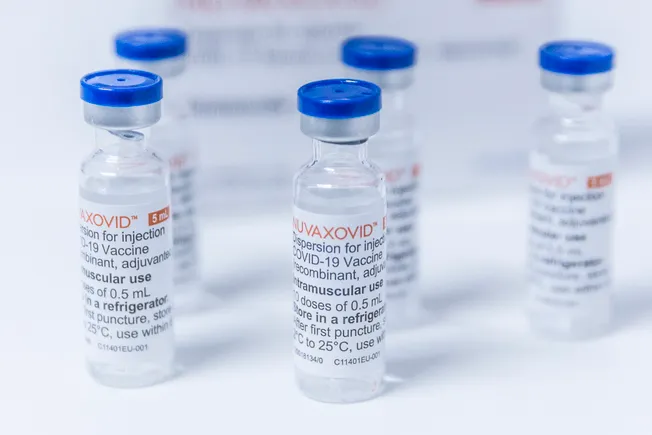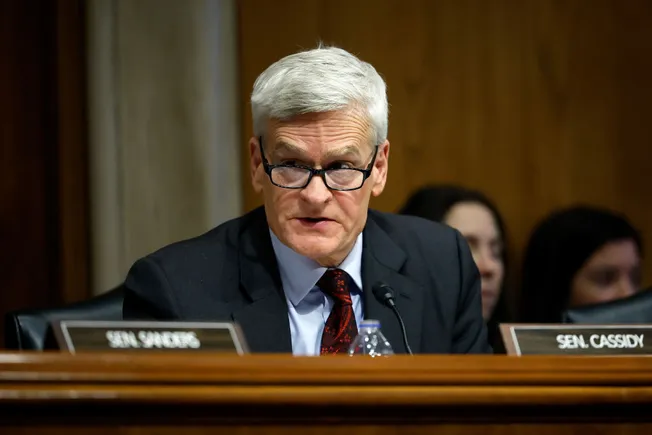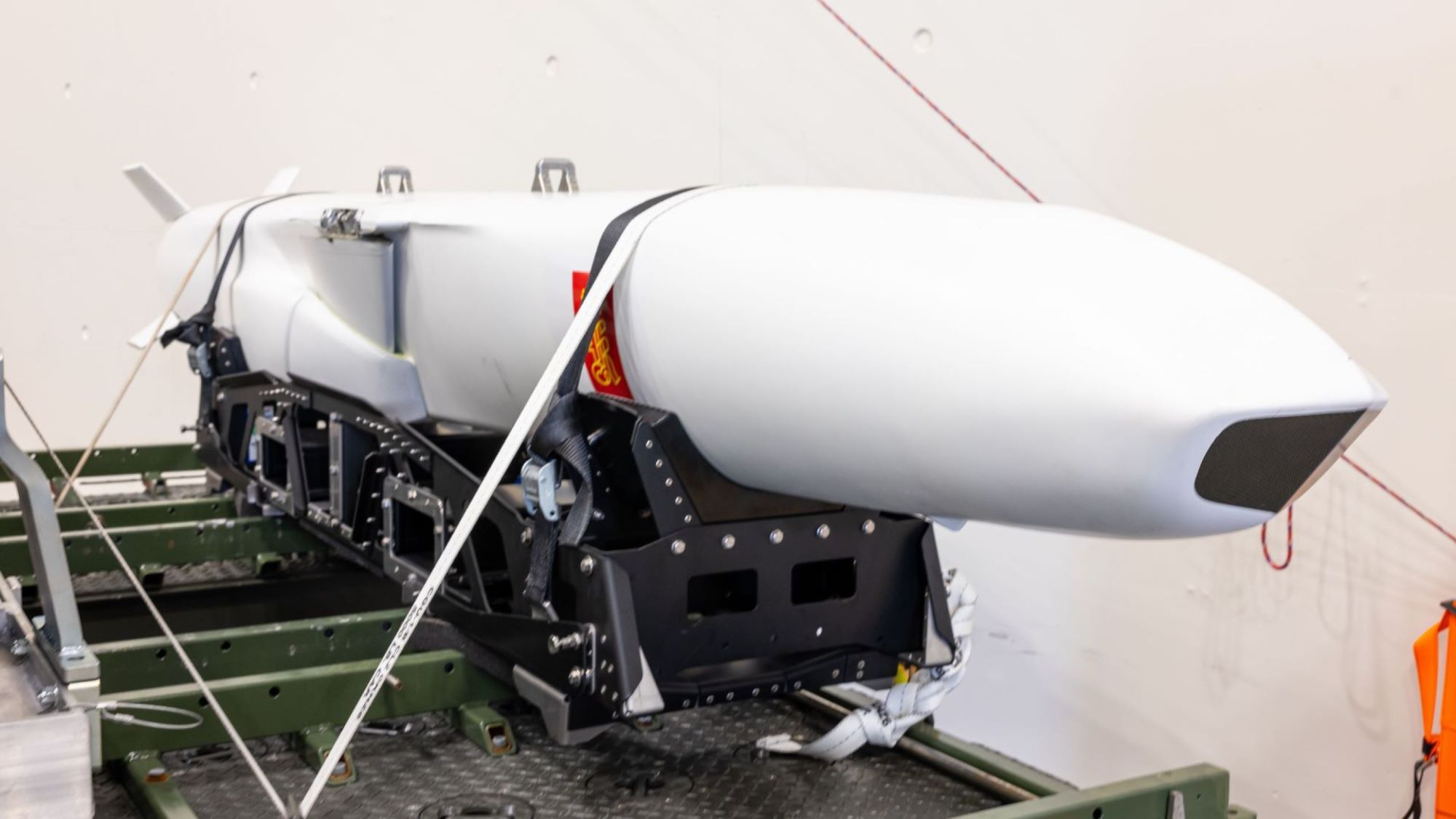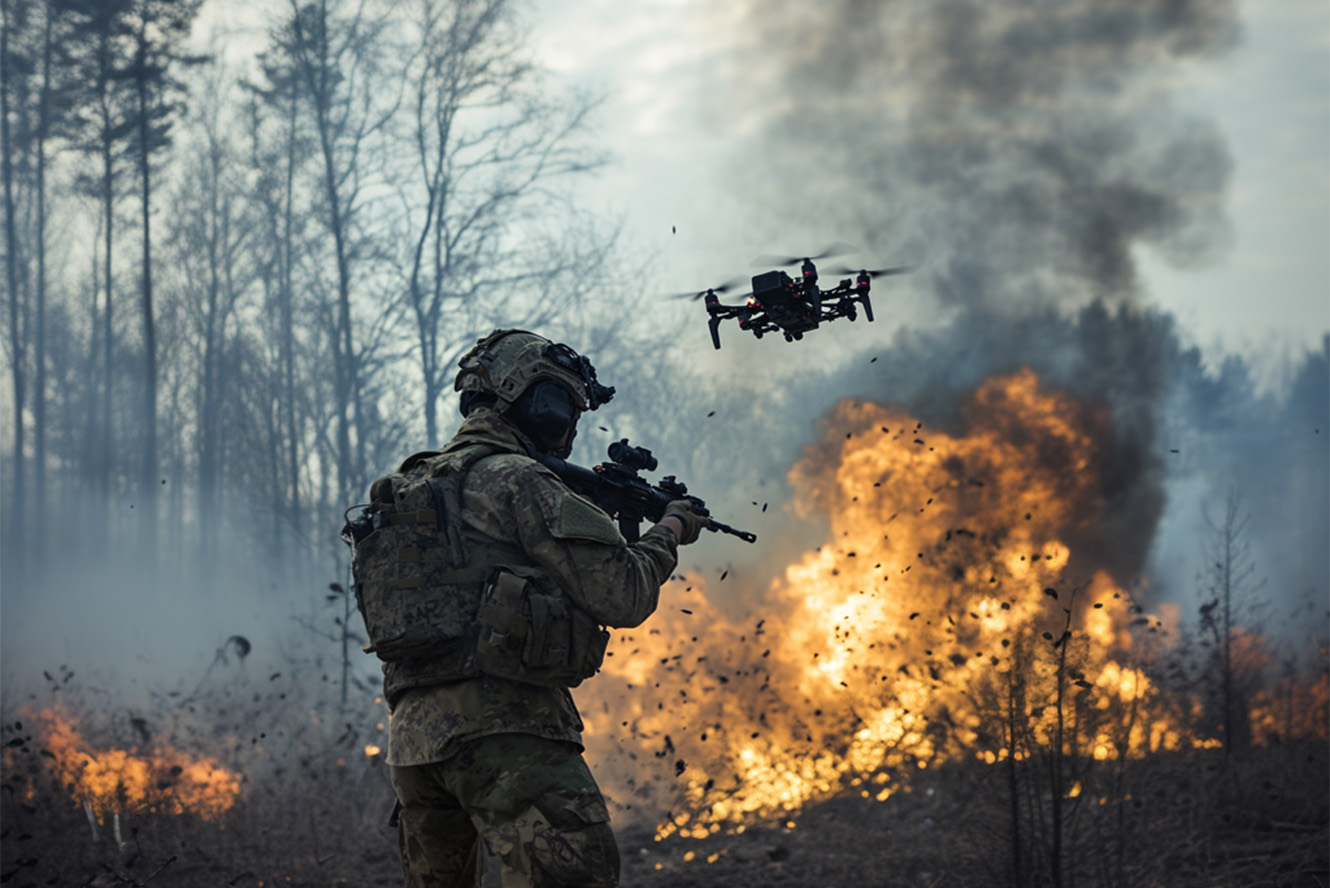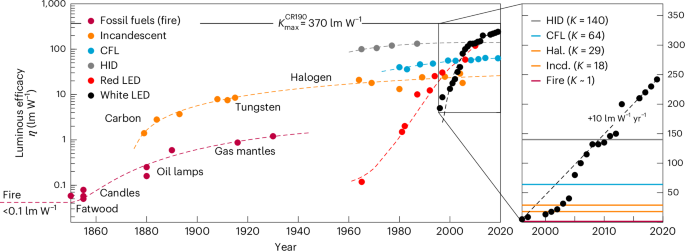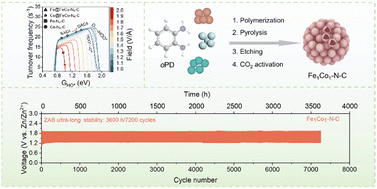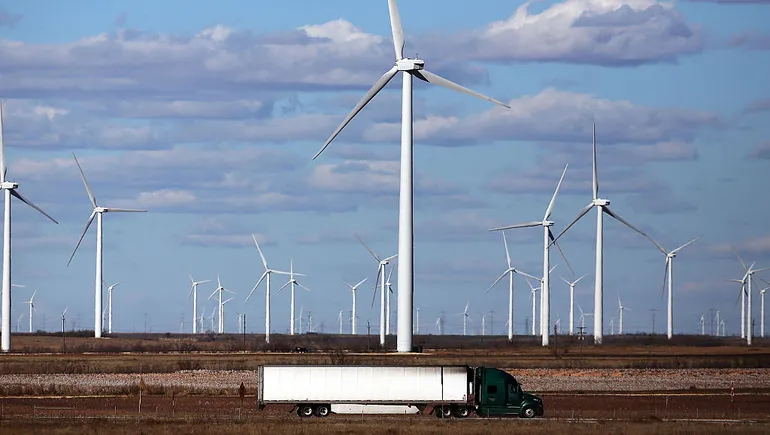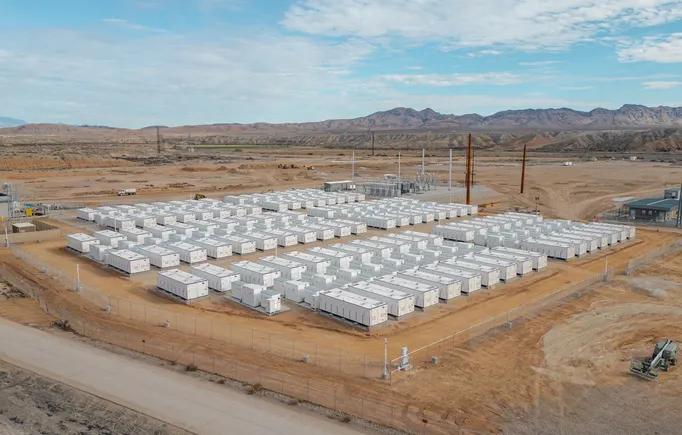Dorsomedial and ventromedial prefrontal cortex lesions differentially impact social influence and temporal discounting
by Zhilin Su, Mona M. Garvert, Lei Zhang, Todd A. Vogel, Jo Cutler, Masud Husain, Sanjay G. Manohar, Patricia L. Lockwood The medial prefrontal cortex (mPFC) has long been associated with economic and social decision-making in neuroimaging studies. Several debates question whether different ventral mPFC (vmPFC) and dorsal mPFC (dmPFC) regions have specific functions or whether there is a gradient supporting social and nonsocial cognition. Here, we tested an unusually large sample of rare participants with focal damage to the mPFC (N = 33), individuals with lesions elsewhere (N = 17), and healthy controls (N = 71) (total N = 121). Participants completed a temporal discounting task to estimate their baseline discounting preferences before learning the preferences of two other people, one who was more temporally impulsive and one more patient. We used Bayesian computational models to estimate baseline discounting and susceptibility to social influence after learning others’ economic preferences. mPFC damage increased susceptibility to impulsive social influence compared to healthy controls and increased overall susceptibility to social influence compared to those with lesions elsewhere. Importantly, voxel-based lesion-symptom mapping (VLSM) of computational parameters showed that this heightened susceptibility to social influence was attributed specifically to damage to the dmPFC (area 9; permutation-based threshold-free cluster enhancement (TFCE) p p
by Zhilin Su, Mona M. Garvert, Lei Zhang, Todd A. Vogel, Jo Cutler, Masud Husain, Sanjay G. Manohar, Patricia L. Lockwood The medial prefrontal cortex (mPFC) has long been associated with economic and social decision-making in neuroimaging studies. Several debates question whether different ventral mPFC (vmPFC) and dorsal mPFC (dmPFC) regions have specific functions or whether there is a gradient supporting social and nonsocial cognition. Here, we tested an unusually large sample of rare participants with focal damage to the mPFC (N = 33), individuals with lesions elsewhere (N = 17), and healthy controls (N = 71) (total N = 121). Participants completed a temporal discounting task to estimate their baseline discounting preferences before learning the preferences of two other people, one who was more temporally impulsive and one more patient. We used Bayesian computational models to estimate baseline discounting and susceptibility to social influence after learning others’ economic preferences. mPFC damage increased susceptibility to impulsive social influence compared to healthy controls and increased overall susceptibility to social influence compared to those with lesions elsewhere. Importantly, voxel-based lesion-symptom mapping (VLSM) of computational parameters showed that this heightened susceptibility to social influence was attributed specifically to damage to the dmPFC (area 9; permutation-based threshold-free cluster enhancement (TFCE) p p









































































